 United Kingdom
United Kingdom
 United Kingdom
United Kingdom
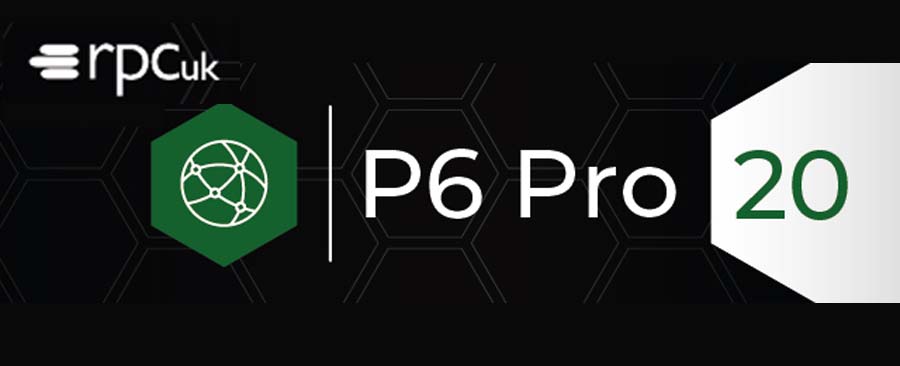
Oracle Primavera P6 Professional, (P6 PPM), is Oracle’s flagship, high-performance project management solution. It’s designed to handle large-scale, highly sophisticated and multi-faceted projects.
Allowing you to organise projects with an unlimited number of activities, resources and target plans. The latest release of the software, Version 20.12, was launched in late 2020 and offers a range of new features and enhancements, from an improved login screen to offering flexible financial periods and the ability to continue to work offline, if necessary, during network failure.
In the past P6 EPPM (Web) has seen the lion’s share of feature changes and updates so it is refreshing to see that P6 Professional (PPM) has been updated with some really nice features.
A full list of changes and new features can be found in the Oracle Primavera Cumulative Feature Overview (CFO) but we’d like to lead you through some of the most significant changes here. RPC Chairman, Peter Gable, hosted a live ‘Lunch Bytes’ presentation recently to demonstrate the new features, but if you missed it, we've compiled the highlights here in this article.
In this article and in Peter’s video presentation, our aim is to put meat on the bones of Oracle’s list of changes, showing screenshots of how the new features and enhancements will look to you, the user, and putting these changes into context to help you to really understand how they can help you in your working life.
The key features we are going to be covering are:
If you’re an established P6 Pro user, you’ll notice a difference as soon as you launch the software for the first time after updating to Release 20. The login screen has been refreshed with a different format, including separate tabs to login and select a database for configuration.
From the login tab you can select from the drop down the database you want to connect to. You’ll see that you can select a language at this point, too, and this list now includes Arabic for the first time.

This new layout makes it easier to add and then select new database configurations.
That’s an immediate improvement in usability of the software, but it’s when you go into your projects and start to use the tool that you will start to really see the benefits of the update.

This is a feature that was already in P6 EPPM but is now available in P6 Professional and is one of the most significant of the new changes. When scheduling multiple projects, you now have a choice of how to specify the Data Date used for calculating:

This is a really helpful new feature for users who work on portfolios of projects that link together, allowing you to choose different options for different projects via the Options button from the Schedule dialog box.
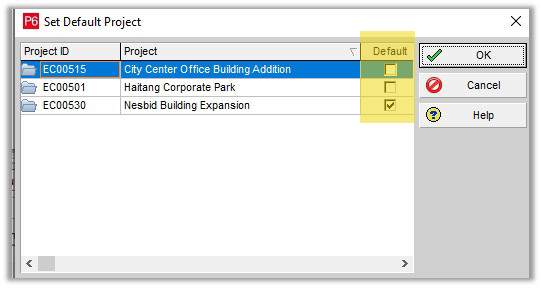
My second favourite of the new features is the enhancement made to how you can work with multiple projects. When you open multiple projects, you can use this dialog box to specify which project to open by default, which project’s settings to use when you schedule or level, and which project to use by default when you add new information to the database. In previous versions, when multiple projects were scheduled together, they would all be brought into line with the default project, whether you wanted them to or not. This enhancement offers greater flexibility and autonomy when you have multiple projects within your remit.
You can still set the Default Project by selecting Project, Set Default Project.
When scheduling you can select which project Scheduling Options are used when scheduling multiple projects in the Scheduling Options dialog box:

Be careful though, as using this new feature means that:
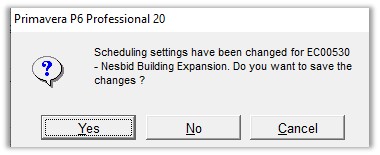

Increased flexibility with Financial Period Calendars is another big step forwards in this latest release.
P6 Professional enables you to define your organization's global financial period calendars in the Financial Period Calendars dialog box. Customized financial periods provide a more accurate display and reporting of actual units and costs. Rather than spreading costs evenly throughout the length of a project, users can view how actual costs were incurred by customized financial period.
In previous versions you could only create one batch of financial periods that applied to the whole database.
You can now create multiple Financial Period Calendars, each with different Financial Periods, and they can be assigned to individual projects:
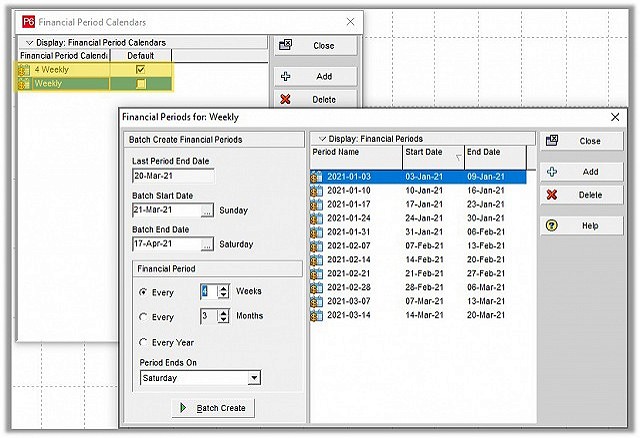
You can assign a specific Financial Period Calendar to a Project in two ways:

A new additional feature titled Assignment Codes is a major enhancement, which you can use to create, edit and delete assignment codes. You can use these codes to sort, filter, group, and report on project data across the enterprise.
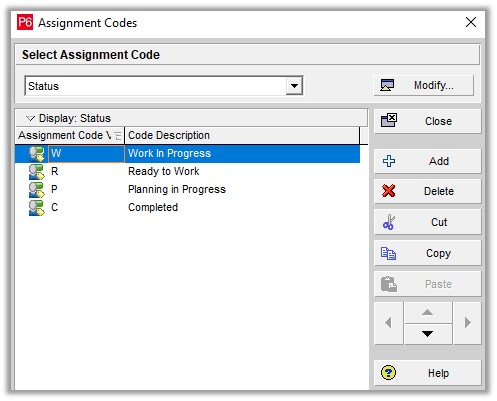
Assignment Codes are assigned to Resource or Role Assignments in the Codes tab in the Resource Assignment window.
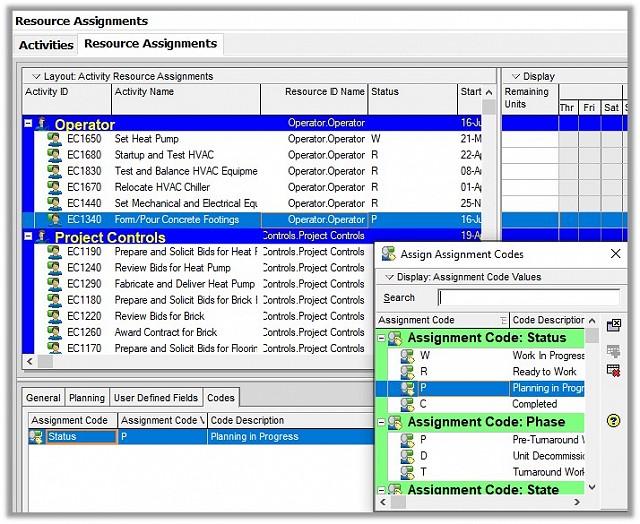
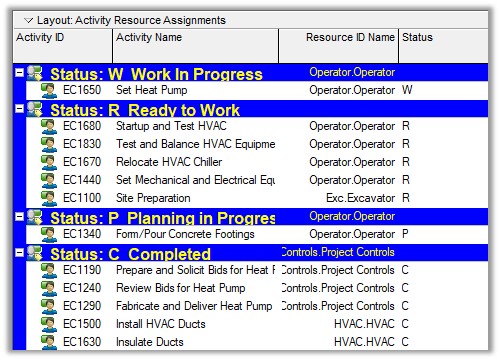
Alternatively, you can also access the Assignment Code column through the Activities window, within the Details pane and Resources tab, or by displaying the Assignment Code column in the central section of the Resource Usage Spreadsheet. Once you have allocated assignment codes to all activities, you can group, sort, filter and report on this assignment code, as required:
Although this function was introduced in Version 19, a User Defined Field Details tab is now available in many workspaces such as Projects, Resources, Activities and WBS:

It allows users to see and also to assign UDFs without having to add extra columns to their Layouts, saving time and additional process.


The new ability to show a Comments, column in the Relationships, Predecessor and Successor tabs of the Activities window gives users the opportunity to show additional notes about the relationships and is a feature that has been on user wish lists for some time. This is a particularly useful feature in complex projects and where it would be helpful to add explanatory notes for other users, that would previously have required a Note or UDF to be assigned to the predecessor or successor activity. You can use this relationship comments field to explain (in up to 250 characters) when and why a relationship was added or to categorise the relationship. It’s also a simple and immediately obvious way to record relationship changes in the duration of a project.
Any comments are visible in both the Predecessor and Successor window of each relevant relationship, making sure than any links, context or important information is always clear to all interested users:

It’s not a new feature but is worth noting here that you can also add a column called Predecessor Details which shows the Activity ID and Relationship type, which saves having to show two extra columns.
The Comments column can also be seen in the Activity Relationship report.
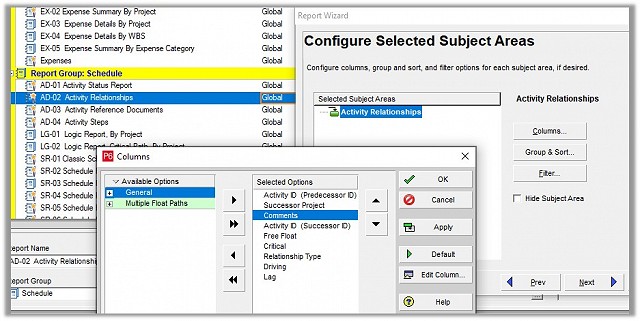

You are probably already familiar with using fluctuating or variable Resource Rates, but you now have the ability to add fluctuating or variable rates over time to Roles, too. Because of this flexibility, users would often be more likely to use Resources than Roles on projects, so this new feature will really help with planning and reporting, particularly on long projects where rates are more likely to change over time.

To further enhance the use of Roles in P6, you now have the ability to assign Role Codes (similar to Resource Codes) to a Role.

This makes grouping, sorting and filtering of Role usage easier for reporting and analysis.

If you are using Oracle Primavera Cloud there is a Lean Planning feature which allows activities to be broken down into tasks. Lean Tasks are like the P6 Steps function but with a lot more functionality such as:
If you are using Oracle Primavera Cloud and P6 in tandem, you can integrate projects using the Gateway tool. Projects can also be imported and exported as an XML file if you aren’t using Oracle Primavera Cloud but someone who is sends you the appropriate file.

Even if you are not using Oracle Primavera Cloud, you can see the Lean Tasks tab, but it won’t show anything unless this activity is linked back to Oracle Primavera Cloud.
You’ll already be familiar with the feature allowing you to drill down into the detail when displaying a histogram by double clicking on the bar to obtain the exact values associated with it. This is still an option, but you can now also tick Show Values on the Resource Usage Profile Options to display values for all bars in the chart. Select the Graph tab of the Options dialog box to locate this option. It’s a simple change that makes a big difference to how easy your graphs are to read and to analyse at a glance.

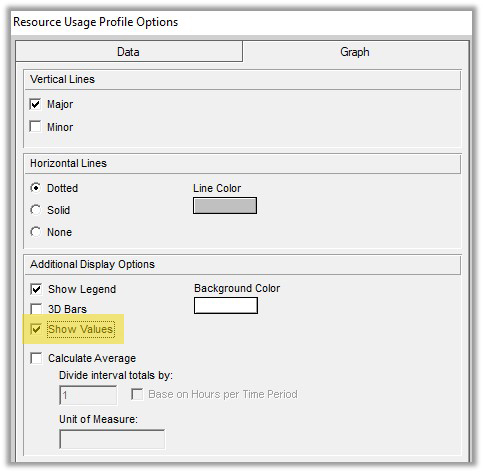
There are lots of other small enhancements, too, that offer shortcuts or new ways of doing familiar tasks. We’ve already mentioned that Arabic is now supported as a language in P6 Version 20. And in the EPPM version, users locked out of P6 or Visualizer may be reset. Here are a few more quick-fire favourites from Version 20.
Data in the Resource Assignment window may be filtered and/or grouped using Project, Activity and WBS User Defined Fields (UDFs) and Project Codes.
You’ve been able to Fill Across in the Activities Window Resource Usage Spreadsheet in previous versions, but you now have the option to Fill Down, too, making it quicker and easier to duplicate data for multiple entries. This will help with future period bucket planning, too.

Your work doesn’t need to stop any more if you experience a network failure. In this new release, the tool can be configured to allow users to continue working in some circumstances, when connected to an EPPM Cloud Connect database, even when they lose network connectivity.
When exporting to an XER file, Risk Categories are exported but in P6 Version 20 you are able to prevent the Categories being imported into a PPM or SQLite database. Risk Categories are not imported or exported to an EPPM database.
Enhanced security settings mean that you can prevent people from uploading harmful files by specifying undesirable file extensions in Admin Preferences, Options, Document Security, which will generate an alert before the file is launched:
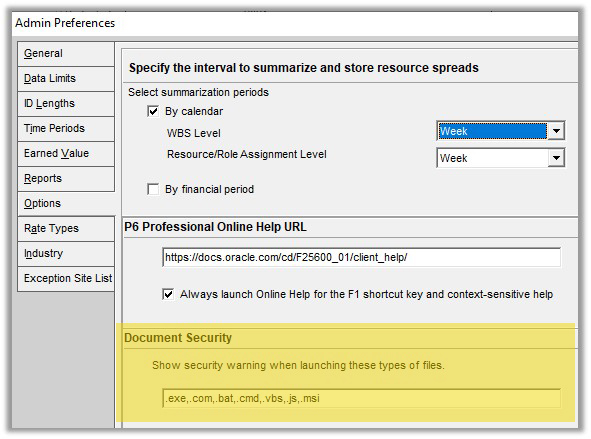
A list of web sites may be added to Admin Preferences, Options, Exception Site List:
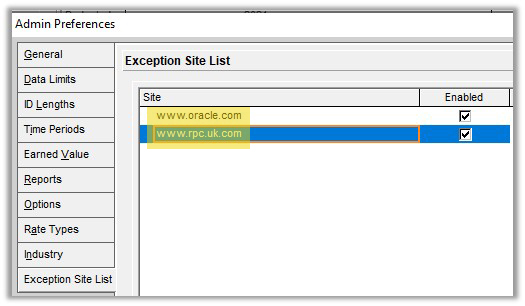
The URLs may then be added to Notebook Topics and UDFs and permitted URLs may be launched from P6 by clicking on the URL and selecting Launch. URLs not listed or not permitted may not be launched but may be copied and pasted into a browser.


These are a lot of new features to take in, try out and get to grips with, but they should make a real difference to your projects. Depending on how you like to use P6 PPM, you’ll find some more useful and significant than others.
Remember, if you want to browse a full list of updates, go to the Oracle P6 Professional Library here, or download the CFO (Cumulative Feature Overview) here. And if you’d like to see these changes in action, get in touch with us for a demonstration and more information.
Peter Gable - Chairman, RPC